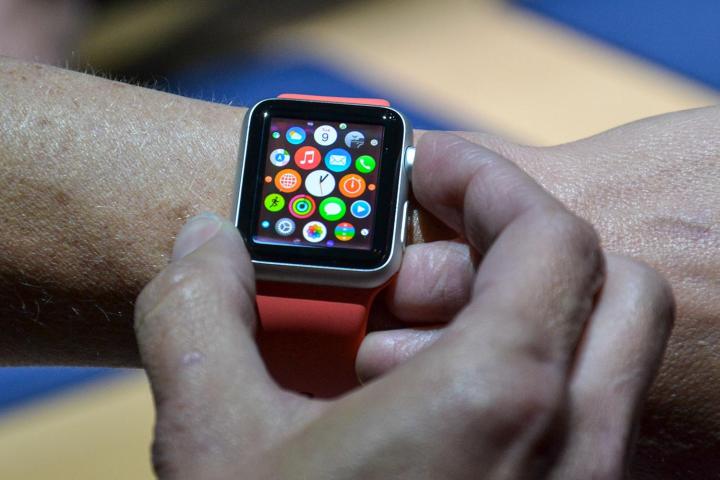
When CEO Tim Cook first sounded off about the Apple Watch back in the fall, the subject of the device’s battery life was conveniently avoided, leading many to believe the company wasn’t entirely happy with that particular element of its new gadget.
In the intervening months, Apple engineers have doubtless been banging around in the workshop looking for ways to boost the battery, or introduce new modes to keep it running longer.
The New York Times reported this weekend that the hard work has culminated in a feature called Power Reserve. Sources told the NYT that this setting will display only the time, allowing the watch to operate on low energy and stay running for longer.
The engineers had also reportedly looked at the idea of solar charging for the Apple Watch, and while it’s not a part of its new device, it can’t be ruled out for future versions of the company’s first ever wearable.
The launch of the new smartwatch is believed to have been delayed by battery issues, with reports at the start of 2014 claiming Apple was trying to get the device to run for four days on a single charge.
During an interview shortly after the gadget’s unveiling, Cook said wearers of the Apple Watch will “wind up charging it daily,” but offered little more information on the subject.
Sources behind a report in January put the watch’s battery life at 2.5 to 4 hours of active application use, or 19 hours of combined active and passive use. Standby time could see it last for up to 3 days.
Of course, battery life is a tricky issue faced by all smartwatch manufacturers, not only Apple, and improvements in this area are key to making the device more attractive to consumers considering such a gadget. But with the first iteration of the Apple Watch, users will most likely be leaving it to charge overnight, every night, alongside their iPhone.


